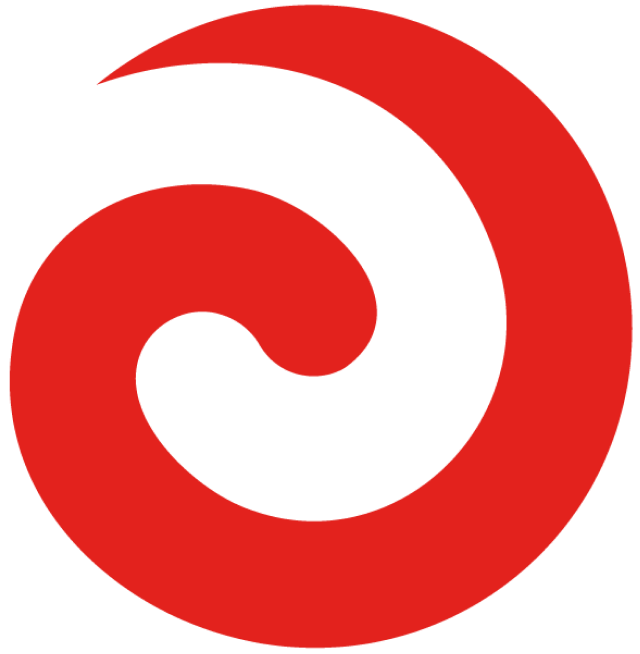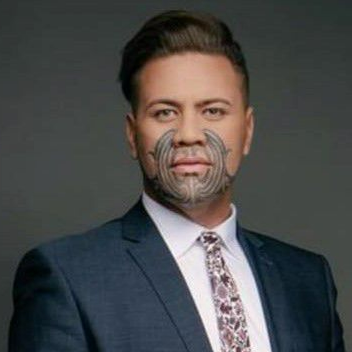TAIWAN — With nearly 40% of the world’s languages at risk of disappearing — one vanishing every two weeks, according to UNESCO, indigenous media leaders from five countries have gathered in Nangang, Taiwan, to embrace the principles of whanaungatanga and mahi tahi, working together to preserve languages through broadcasting.
WIBN chair and Kaihautū o Whakaata Māori says the gathering is vital, noting the collective faces “amazing opportunities but with that comes amazing challenges as well.”
“Ko te kotahitanga tēnei o ngā iwi taketake i roto i a tātou mahi pāpāho i roto i a tātou mahi whakarauora i o tātou reo, i o tātou ahurea i ā tātou kōrero anō hoki.”

The annual World Indigenous Broadcasters Network (WIBN) conference has drawn more than 60 delegates from Aotearoa, Canada, Australia, Taiwan and Norway.
This year’s theme, Ipannong Sinaduan, blends two Taiwanese indigenous concepts: Ipannong (Tao/Yami) calls for unity and collective hope, while Sinaduan (Bunun) inspires courage to envision and shape a better future.
Tanya Denning-Orman, who leads NITV and was recently appointed Director of First Nations at SBS, says the gathering has encouraged participants to think differently.

“We’ve all had to work really hard to exist. There is the rights movement. [The] United Nations declaration on the rights of indigenous peoples helps fuels us. Disruption, digital changes, we need to be included in all the spaces with media. Finances has always been a challenge, but we’re being forced to be innovative. I know in Australia we have had to.”
Founded in 2008, WIBN connects indigenous media organisations worldwide to preserve and promote languages and cultures. Its core work is content sharing — from news reports to documentaries — ensuring indigenous stories reach global audiences and raise awareness of indigenous issues.

NRK Sàpmi CEO Johan Ailo Kalstad says his greatest concern is competition and technology.
“Nowadays I’m really concerned about technology and how the audience are using the content. The competition is harder then ever. Our audience, especially the young audience they expect that our content, the quality of it is as high as any other.”
Beyond content sharing, the network develops strategic leadership, fosters collaboration, and strengthens broadcasters’ ability to tell stories. Its ultimate goal: to ensure indigenous voices are heard worldwide.



